West Coast Promise: Multifamily Market Outlook
By Stephen Jackson and Joe Owens, JLL, San Francisco: The multifamily sector is strong across most U.S. markets, but it is especially strong in the West.
By Stephen Jackson and Joe Owens, JLL, San Francisco
The U.S. economy experienced a bumpy start to 2016, caused by volatility on Wall Street and the falling price of crude oil. It rippled through the real estate capital markets, causing concern and uncertainty among investors regarding the outcome of 2016 as a whole.
Current pricing levels, cycle longevity concerns and a heightened sensitivity to risk have undoubtedly brought volatility into the real estate capital markets. Following an 11.2 percent decline in overall first-quarter sales volumes in the U.S., second quarter data shows $30.6 billion in sales transactions, resulting in a 3.5 percent increase in year-to-date sales volume over 2015. Currently at $68.2 billion, multifamily sales volume clearly has the potential to surpass last year’s record-setting numbers.
The multifamily sector is strong across most U.S. markets, but it is especially strong in the West, where job growth, in-migration and housing affordability are among the factors driving the appeal of multifamily for lenders and investors alike.
In Los Angeles, for example, homeownership stands at a 10-year low. Just 46.5 percent of Los Angelenos are homeowners, well below the national average of 62.9 percent. Multifamily vacancy is low (3.3 percent), and apartment rents have grown almost 6 percent in the past year.
As a result, cap rates on apartment transactions in the Los Angeles metro area are, on average, among the lowest in the nation, at 3.6 to 4.2 percent. In fact, low cap rates are a current feature of Western markets, with Seattle, Bellevue, Portland, Sacramento, the San Francisco Bay Area and San Diego all also witnessing average cap rates below 5 percent.
In the San Francisco Bay Area, home prices have surpassed all previous peaks and single-family home affordability is among the lowest in the U.S. We believe this will be another good year for the area: Overall, job growth will slow from a very strong 3.3 percent annual rate (over the last five years) to a more stable 1.8 percent annual growth rate through 2020, still outpacing U.S. job growth during the same period. Population projections show the Bay Area taking the lead in California with 9.8 percent growth through 2020, driven by strong in-migration. Last year, an average of 126 people moved into the Bay Area each day.
These types of fundamentals will ensure that demand for high-end rental space will remain elevated. However, partially as a result of the amount of financing coming into Western multifamily markets, there is a significant amount of new product coming online. This is already starting to have a leveling impact on rental rates for multifamily apartments in some particularly hot markets, such as San Francisco and San Jose. We expect the leveling trend to continue over the next 18 months as even more product is delivered to the markets.


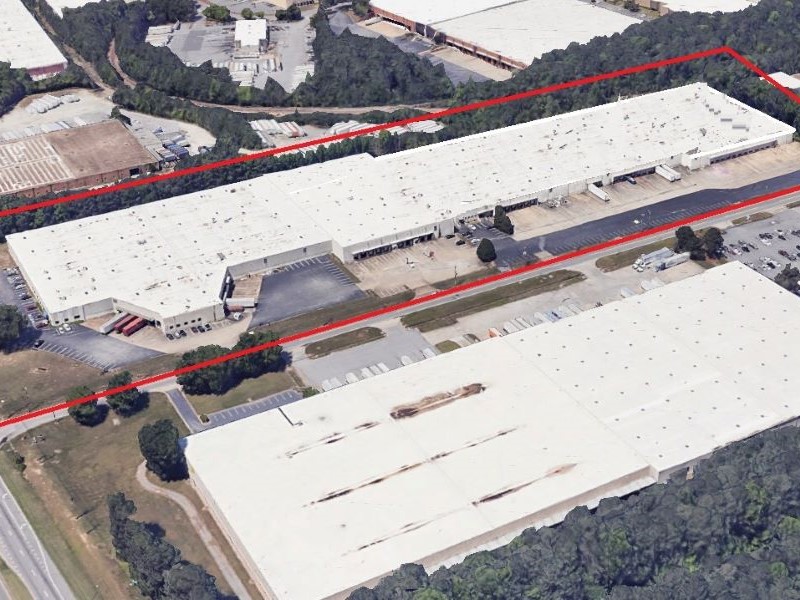
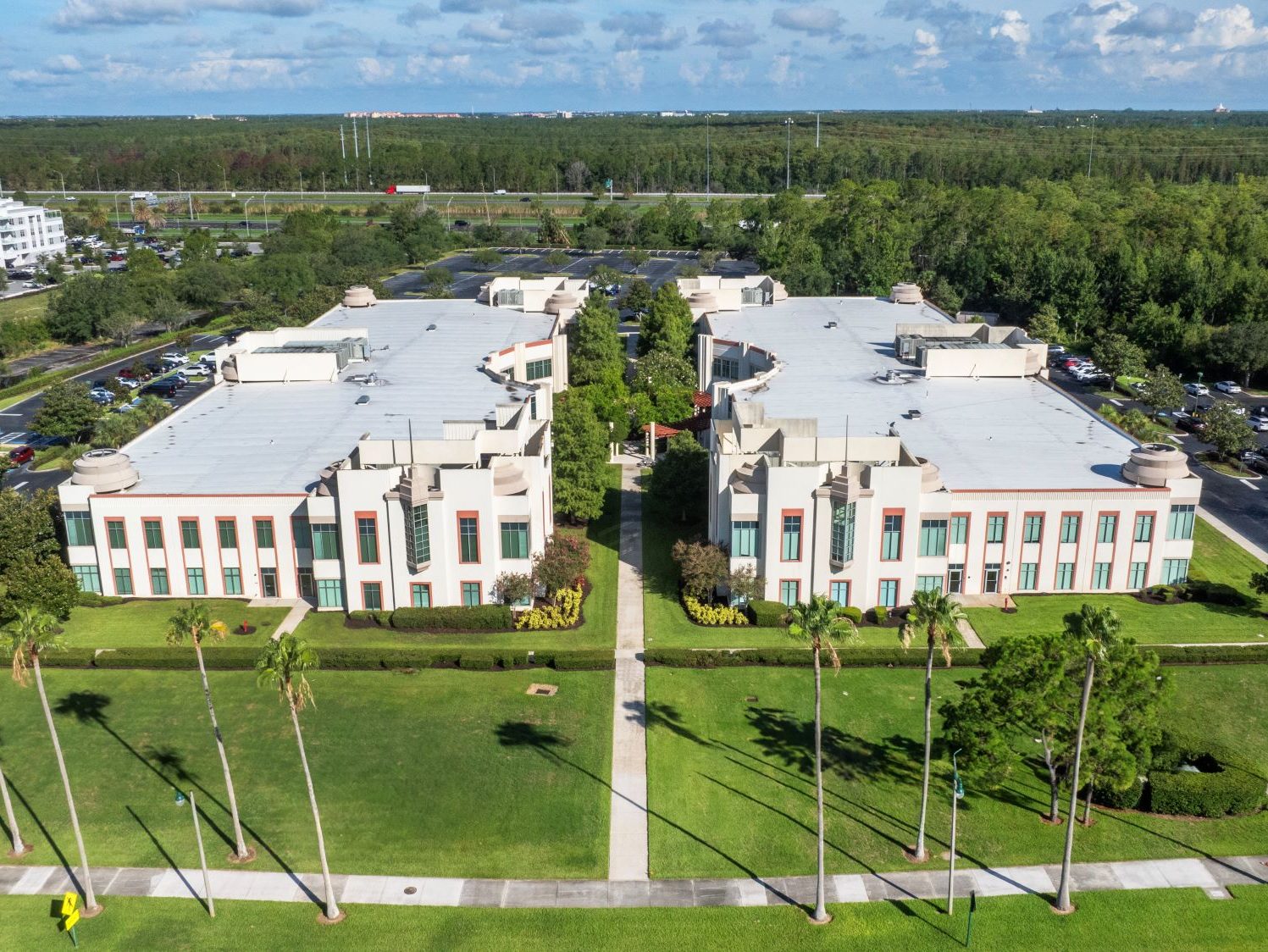
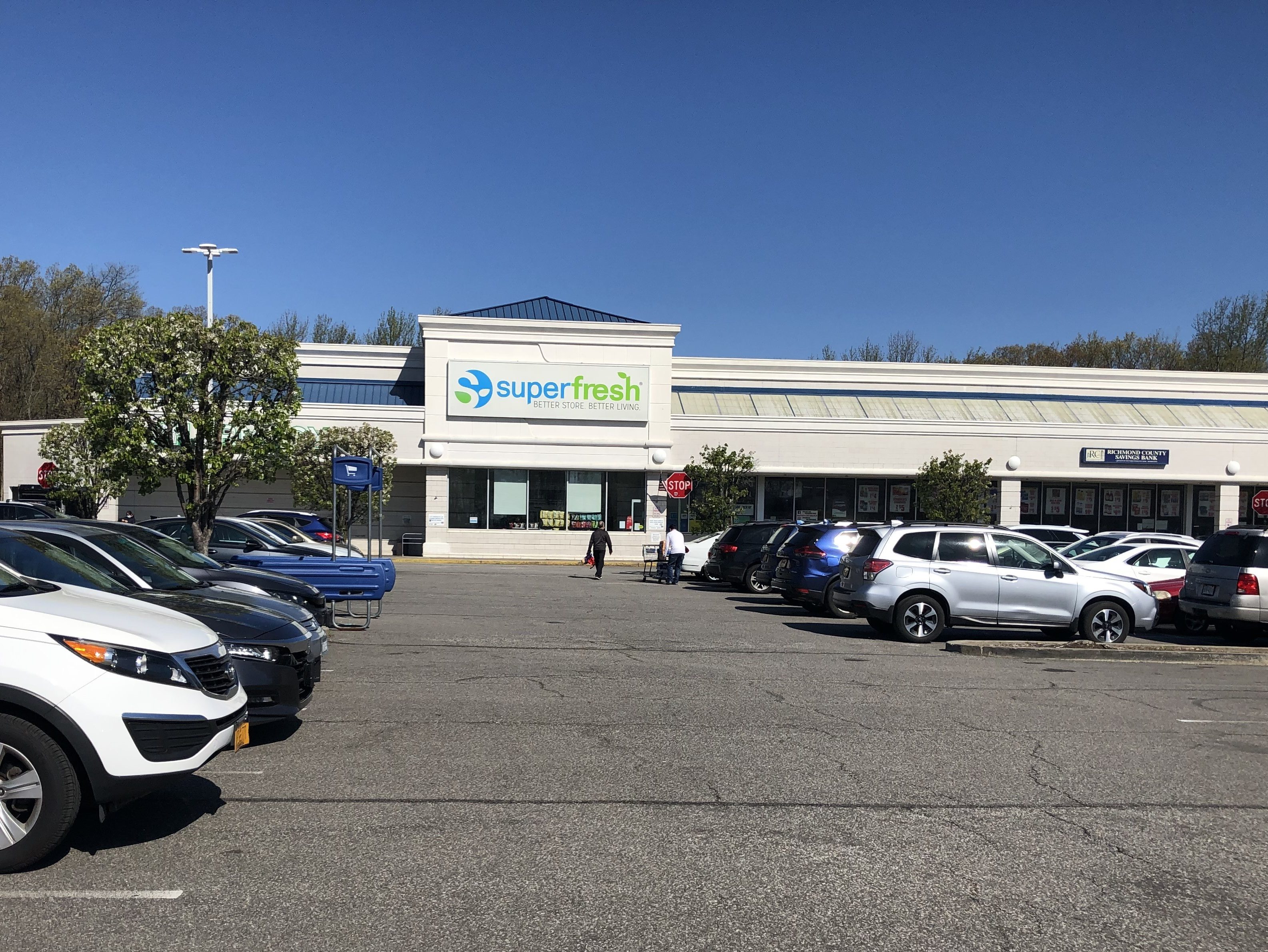
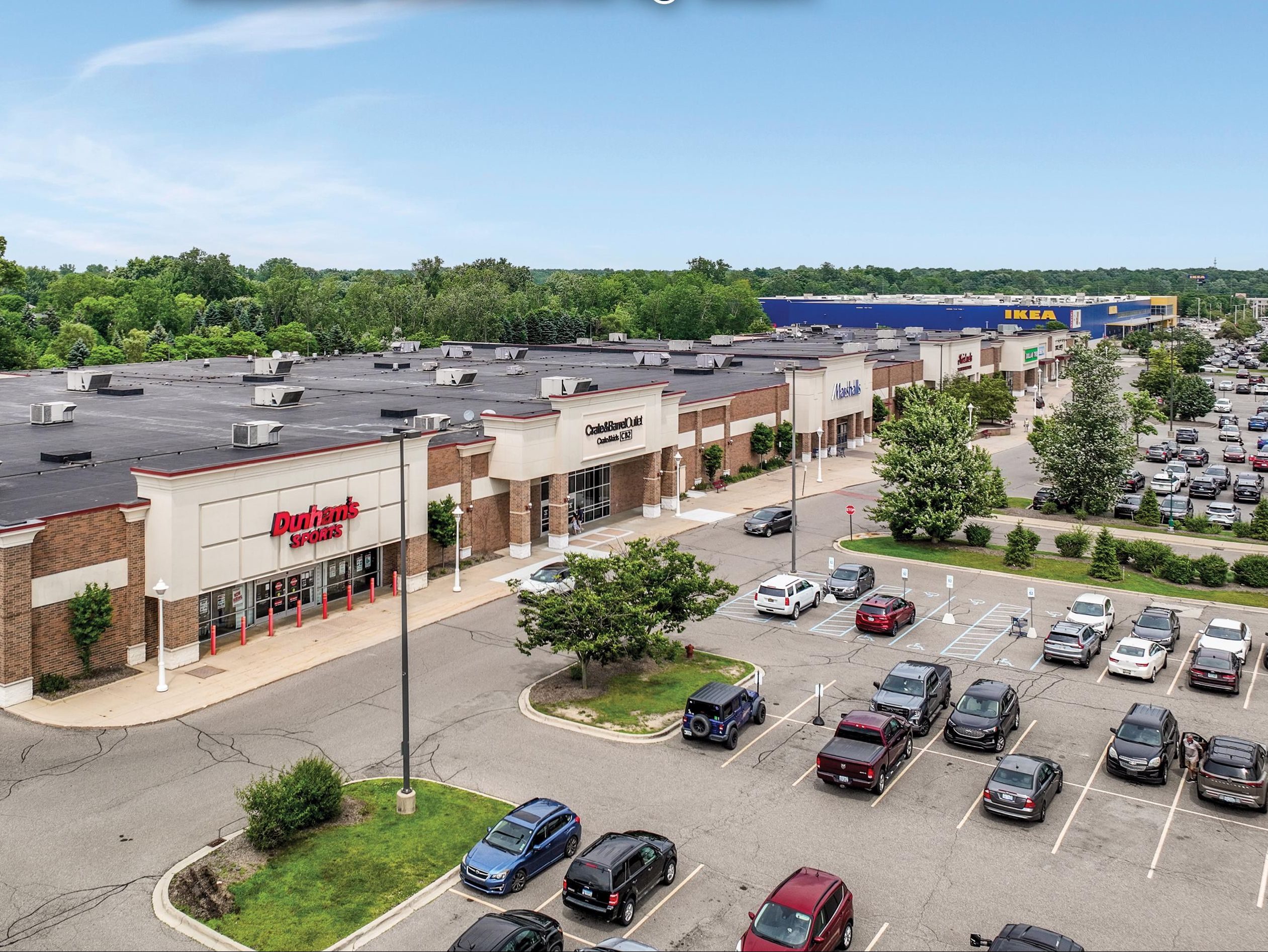
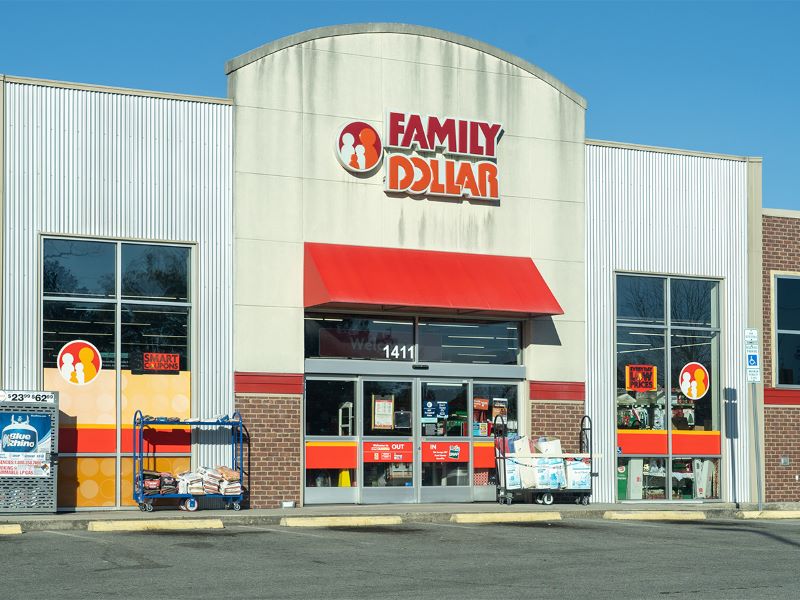
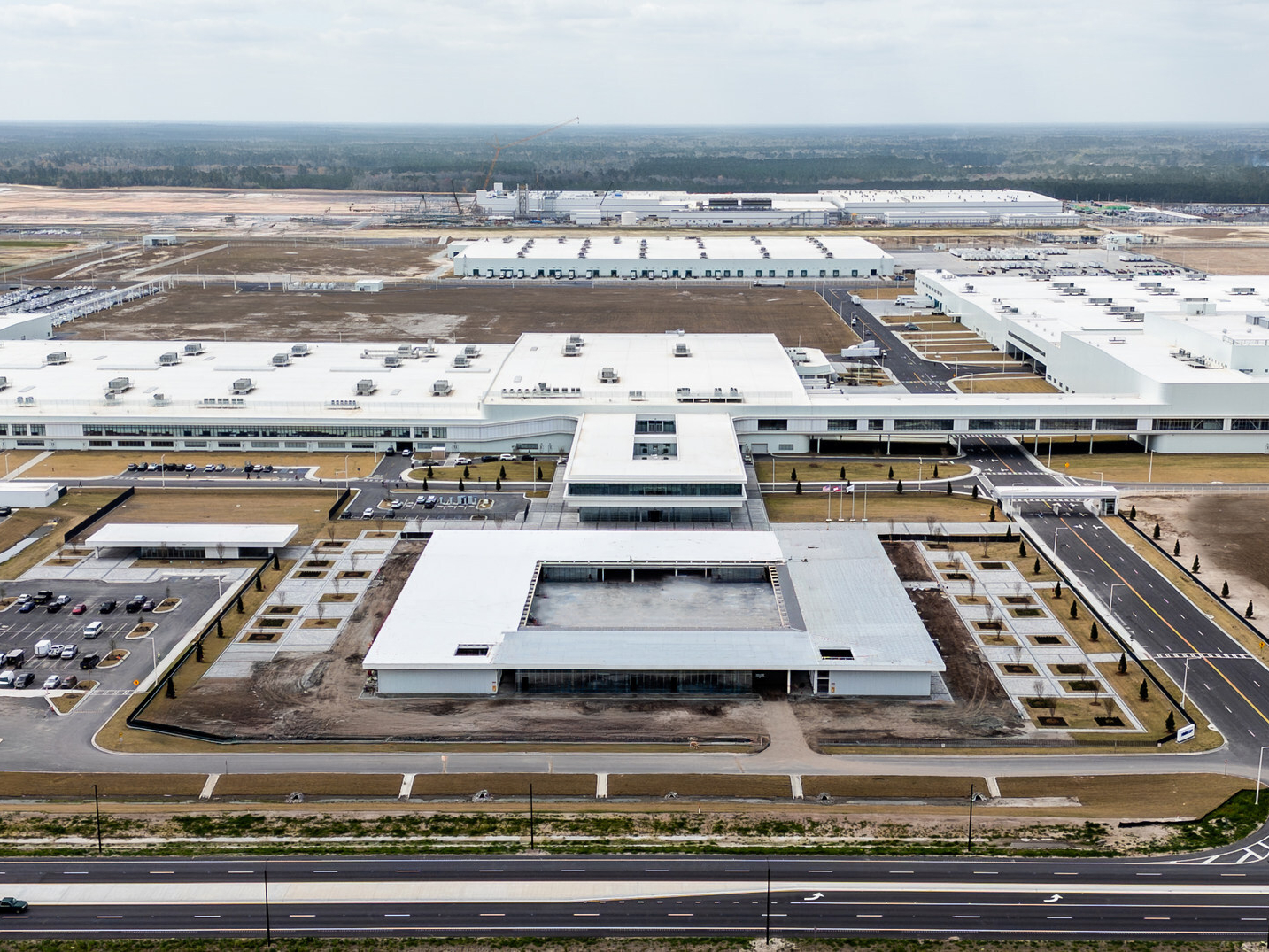
You must be logged in to post a comment.